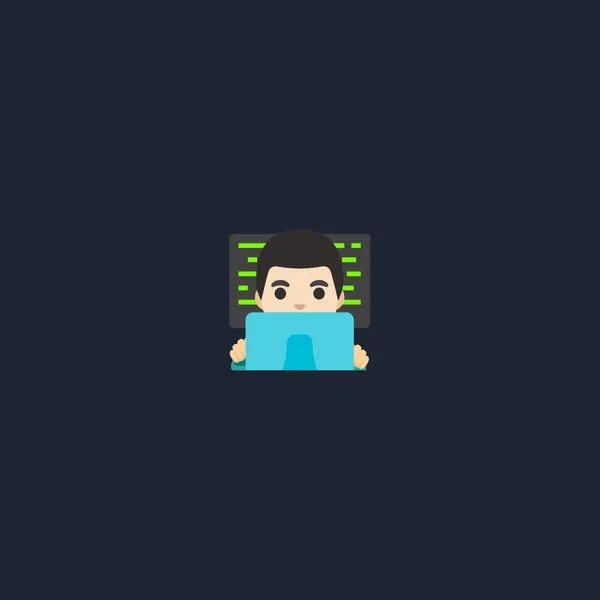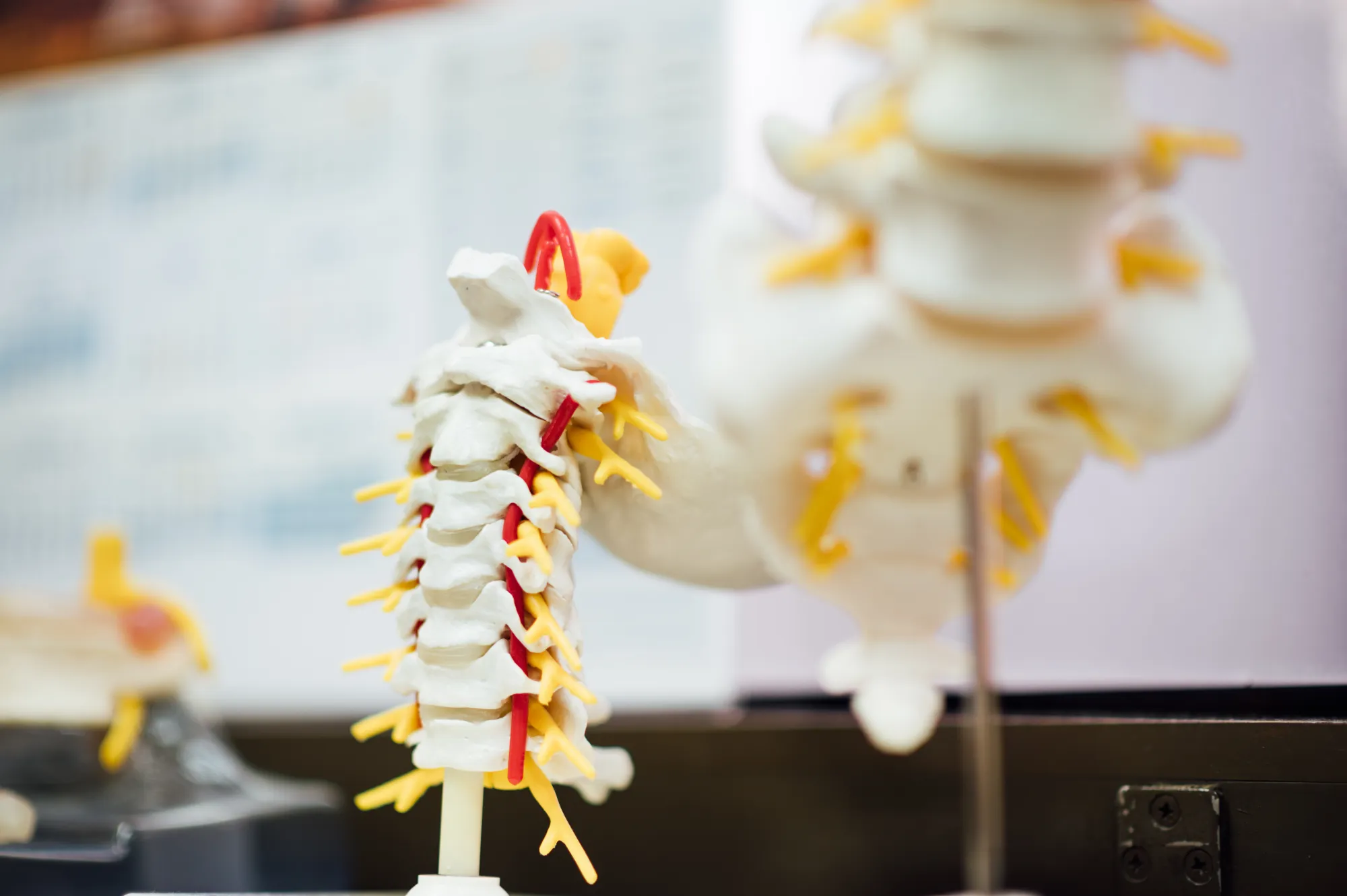
4 min read
How poor posture impacts health and performance for devs
Several reasons why developers should start thinking about their posture.
I grew up in times when photo/video technology was not yet developed, and I noticed my posture issues quite late when I saw myself on video. It made me realize that there were some problems, but I didn’t rush to address them, as a young body can often forgive such issues.
Many years later, having poor posture, I came to understand that this seemingly minor detail reflects in many aspects of life. Let’s explore some of them, especially relevant for developers and people with sedentary lifestyles.
Physical health
The first thing to consider is, of course, physical health since a sedentary lifestyle and sitting position have the most understandable and obvious consequences.

Here are several problems that can arise from poor posture:
- Back, neck, and shoulder pain and tension: Incorrect spinal alignment can lead to muscle strain, causing pain and discomfort in these areas.
- Limited range of motion: Poor posture can reduce flexibility and mobility, limiting the ability to move freely.
- Joint stress: Incorrect body positioning can place extra stress on joints, potentially leading to joint problems over time.
- Fatigue and decreased energy: Constant tension due to poor posture can result in feelings of tiredness and reduced energy levels.
- Breathing difficulties: Poor posture can compress lung space, making breathing more difficult and reducing lung ventilation.
- Digestive issues: Incorrect body positioning may exert pressure on internal organs, affecting digestion and overall well-being.
Kinesthetic intelligence
Kinesthetic intelligence, also known as kinesthetic learning or bodily-kinesthetic intelligence, is one of the multiple intelligences proposed by Howard Gardner’s theory of multiple intelligences. It refers to the ability to use one’s body and physical movements to learn, problem-solve, and interact with the world effectively.

Overall, kinesthetic intelligence highlights the importance of physical engagement and movement as a valuable form of learning and understanding for some individuals.
Poor posture can create an impression of carelessness or uncertainty among people, as it may signal a lack of confidence and self-assuredness. Conversely, people with good posture, appearing more confident and open, can leave a more favorable impression.
An open posture demonstrates to others your readiness to face any difficulties and challenges.
For individuals in leadership positions, posture holds significant importance. A study by Stanford University demonstrated that in critical situations, crowd leadership often shifts to people with good posture rather than the existing formal leader.
There is no perfect posture
Despite the existence of recommendations for ergonomics and proper sitting posture at the desk, there is no one ideal position that would suit everyone without exception. Human bodies vary in anatomy, size, and physical characteristics, so each individual may find comfort in their unique position.

The problem lies in the fact that many of us spend prolonged periods in one position at the desk, especially when working on a computer or sitting at a workstation. This can lead to strain on specific muscles and joints, as well as compression of intervertebral discs, resulting in discomfort and pain.
To reduce the risk of problems associated with prolonged sitting in one position, it is recommended to periodically change posture and take breaks for stretching and movement. Regular movements and exercises help relieve muscle and joint tension, improve blood circulation, and prevent the development of symptoms related to a sedentary lifestyle.
It is also essential to pay attention to the ergonomics of the workstation and use appropriate furniture and equipment to create more comfortable conditions for work and reduce the negative impact of prolonged sitting.
Conclusion
Poor posture is an invisible problem that has non-obvious sub-issues. It doesn’t cause trouble until the body has enough strength reserves. Recognizing the significance of this issue allows us to manage it, whether through correction or minimizing its negative consequences.



